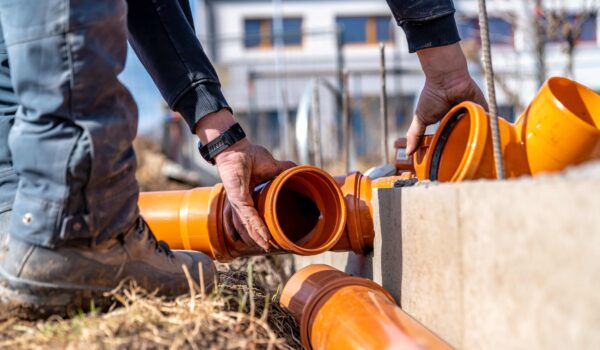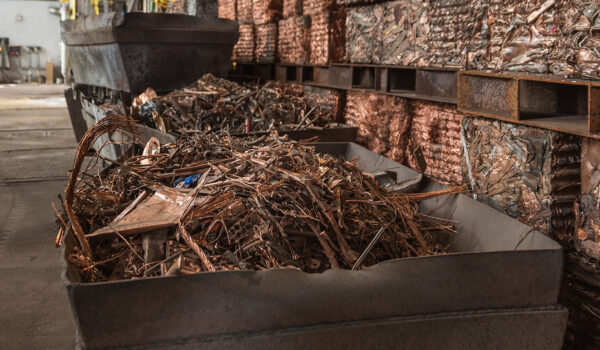In spite of the plastics greenwash, there is a growing awareness that single-use materials serve no purpose in a circular, sustainable economy.
The continued use of plastics, the vast majority of which end up in landfill, incinerated, or simply dumped, flies in the face of global sustainability efforts.
The solution to our dependency on single-use materials, a mounting body of research suggests, has been hiding in plain sight all this time.
Excitement is building surrounding the sustainable qualities of copper and the almost limitless potential of urban mining in the next step toward the circular economy.
What is urban mining?
Urban mining is the process of recovering and reusing raw materials from the built environment. These materials may come from old, disused buildings, infrastructure, or discarded equipment.
A sustainable alternative to landfill, urban mining repurposes waste materials for use in construction. Urban mines, more abundant than ever in a world of constant urban regeneration, are an invaluable resource in the push to reduce waste.
Not only is urban mining more environmentally friendly than virgin mining, but it’s also believed to be as much as 13 times cheaper. The costs of urban mining are only set to fall further as the stores of copper within the built environment increase.
Learn more about the urban mining process below.
How urban mining works with copper pipes
Copper abounds in our modern cities. It’s hidden behind the walls of our homes, used ubiquitously in the workplace, and key to the functioning of power networks. When any building is stripped out, many metres of copper pipes will be retrieved.
Demolition labourers send these copper pipes to specialist scrap heaps serving as urban mines, where they’re melted down to be made into new copper pipes for plumbing.
Once the repurposed pipes reach the end of their second lifespan, the cycle repeats. In this way, urban mining provides an almost infinite supply of copper at no cost to the environment.
The opposite is true for plastic pipes, particularly MLCP (multi-layer composite pipes) that cannot be recycled at all and will go straight to landfill.
Learn more about the role of copper in the circular economy below.
The procurement of copper pipes vs plastic pipes
Research shows that only 9% of global plastic waste is recycled. This means that the vast majority of plastic in circulation exists in its original form, and that the demand for continued plastic production remains extremely high.
Unlike urban mining, plastics manufacturing is unsustainable and damaging for the environment. During the transformation of monomers into polymers, an essential step in plastic production, toxic emissions that warm the planet are released into the air.
According to a recent study, plastic production was responsible for around 4.5% of global greenhouse gas emissions in 2015. This is considerably higher than previously estimated, and lays bare the environmental damage caused by continued plastics manufacturing.
While the mining of virgin copper poses its own problems, the recyclable properties of the material limit any damage to the environment. Increasingly, plumbers and other service providers can rely on a sustainable supply of copper derived entirely from urban mines.
Learn more about the environmental benefits of copper over plastic.
The central role of urban mining in the circular economy
Sustainable practices like urban mining will play a key role in the push toward a circular economy and the wider goals of achieving carbon neutrality. As environmental concerns grow, the need to shift to cleaner industrial processes becomes more urgent.
Copper, which can be recycled infinitely, is perfectly suited to the circular economy and represents the responsible option for plumbers in the debate between copper vs plastic pipes.

